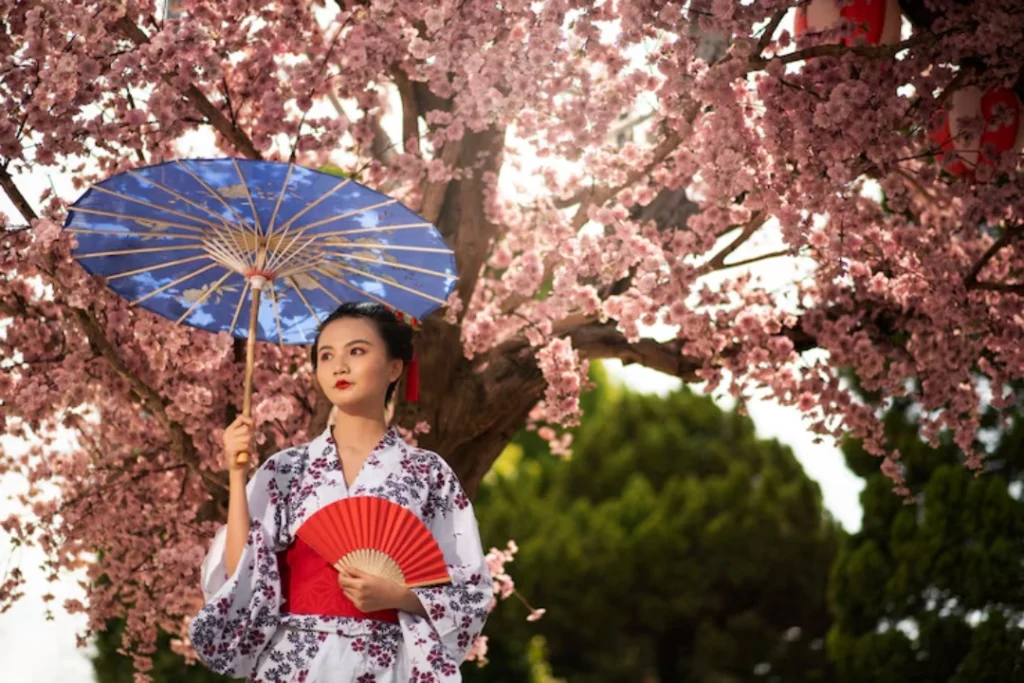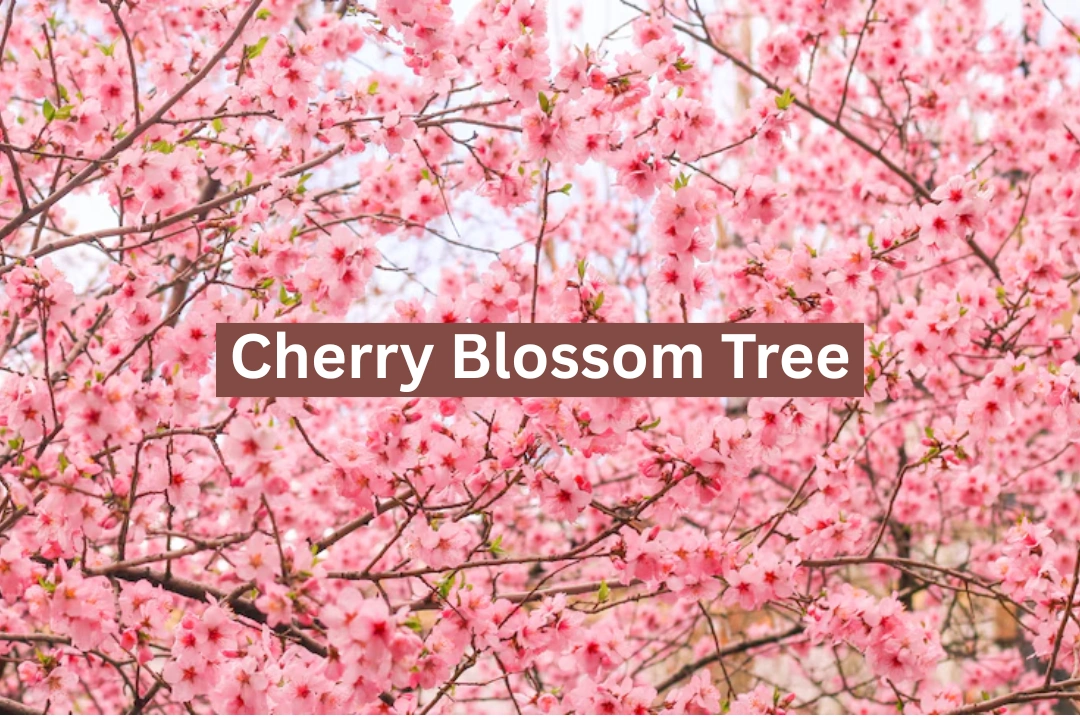Cherry Blossom Tree: Nature’s Most Beautiful Symbol of Life and Renewal
The cherry blossom tree, known as sakura in Japan, is celebrated worldwide for its delicate beauty and deep cultural significance. These trees bloom in early spring, painting landscapes with soft pink and white hues. Beyond their visual appeal, cherry blossoms symbolize renewal and the fleeting nature of life.
The History Behind Cherry Blossom Trees
Cherry blossom trees come from East Asia, especially Japan, where they are called sakura. People in Japan have been celebrating their blooms for over a thousand years. During the Heian period, nobles would gather to write poems under the trees. Today, the tradition continues with hanami people picnic under the cherry blossoms to enjoy the view. This cultural practice shows how important these trees are. They are not just plants they are part of the soul of a country.
Origins and Cultural Significance

Cherry trees belong to the genus Prunus, subgenus Cerasus. While native to East Asia, particularly Japan, they have been cultivated in various parts of the world. In Japan, sakura holds a special place, symbolizing the transient nature of life due to their short blooming period. This symbolism is deeply rooted in Japanese culture, influencing art, poetry, and festivals. The tradition of “hanami,” or flower viewing, involves gathering under blooming cherry trees to appreciate their beauty. This practice dates back centuries and remains a cherished activity in Japan today.
Global Spread and Popularity
The cherry blossom tree’s allure has transcended borders. In 1912, Japan gifted 3,020 cherry trees to the United States as a symbol of friendship. These trees were planted in Washington, D.C., and have since become a major attraction during the National Cherry Blossom Festival. Similarly, cities like Vancouver and Paris host their own cherry blossom festivals, drawing visitors from around the world.
Varieties and Characteristics
There are numerous cherry tree varieties, each with unique features. The ‘Somei-Yoshino’ is the most prevalent in Japan, known for its nearly pure white flowers tinged with pale pink. Another popular variety is the Kanzan, which boasts large, double-pink blossoms. These trees typically bloom in early spring, with the exact timing varying based on climate and location.
Here’s a comparison of some popular cherry blossom varieties:
| Variety | Flower Color | Bloom Time | Notable Features |
|---|---|---|---|
| Somei-Yoshino | Pale pink | Early | Most common in Japan |
| Kanzan | Deep pink | Mid | Double blossoms |
| Shidarezakura | Light pink | Early | Weeping branches |
| Ukon | Yellowish | Late | Unique yellow blossoms |
Cherry Blossom Tree in Art and Literature
These trees have long inspired artists, writers, and poets. In Japan, haiku poems often feature cherry blossoms as a symbol of life’s fleeting moments. Paintings and photographs of cherry blossoms are also common, reflecting the emotion they stir in people. The image of a cherry blossom falling is used in movies, music, and books to show sadness, beauty, and hope at the same time.
Growth and Care
Cherry blossom trees thrive in well-drained soil and require full sun exposure. They are relatively low maintenance but benefit from regular watering, especially during dry periods. Pruning should be done in late summer to remove dead or diseased branches. While these trees are generally hardy, they can be susceptible to pests and diseases, so monitoring their health is essential.
Lifespan and Longevity
Cherry trees have varying lifespans depending on the species and care. Most ornamental varieties live between 15 to 30 years. However, some, like the Jindai Zakura in Japan, are estimated to be over 2,000 years old and still bloom annually. Proper care and favorable conditions can significantly extend a tree’s lifespan.
Climate Change Impact
Recent studies have shown that cherry trees are blooming earlier due to rising global temperatures. In Kyoto, Japan, records indicate that the average peak bloom date has shifted earlier over the past century. This trend raises concerns about the long-term effects of climate change on these iconic trees and the traditions associated with them.
Conclusion
The cherry tree is more than just a beautiful plant; it’s a symbol of life’s fleeting moments and the renewal that each spring brings. Its global appeal continues to grow, captivating people with its delicate blossoms and profound cultural significance. As we appreciate their beauty, it’s also crucial to consider the environmental challenges they face and work towards preserving these natural treasures for future generations.







